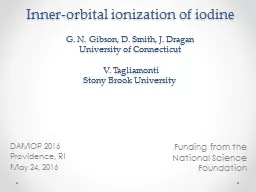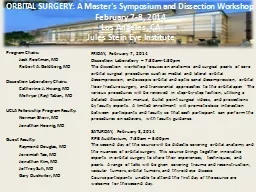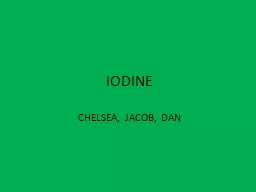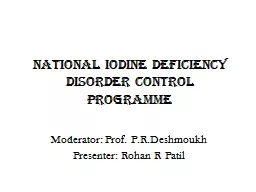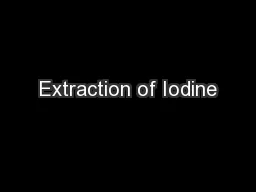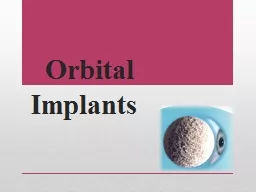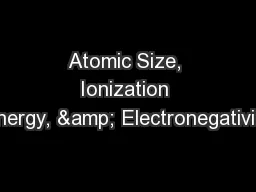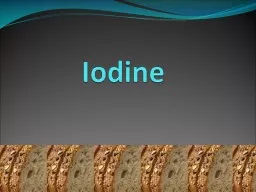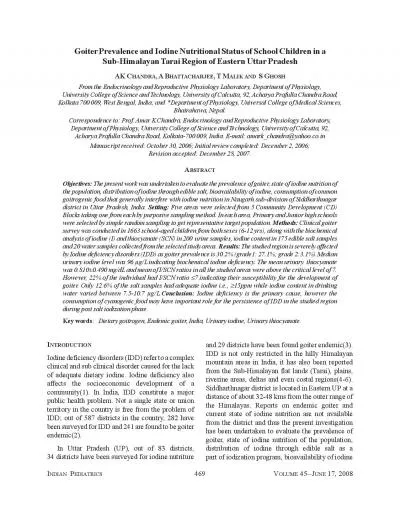PPT-Inner-orbital ionization of iodine
Author : LovableLatina | Published Date : 2022-08-01
G N Gibson D Smith J Dragan University of Connecticut V Tagliamonti Stony Brook University DAMOP 2016 Providence R I May 24 2016 Funding from the National Science
Presentation Embed Code
Download Presentation
Download Presentation The PPT/PDF document "Inner-orbital ionization of iodine" is the property of its rightful owner. Permission is granted to download and print the materials on this website for personal, non-commercial use only, and to display it on your personal computer provided you do not modify the materials and that you retain all copyright notices contained in the materials. By downloading content from our website, you accept the terms of this agreement.
Inner-orbital ionization of iodine: Transcript
Download Rules Of Document
"Inner-orbital ionization of iodine"The content belongs to its owner. You may download and print it for personal use, without modification, and keep all copyright notices. By downloading, you agree to these terms.
Related Documents

